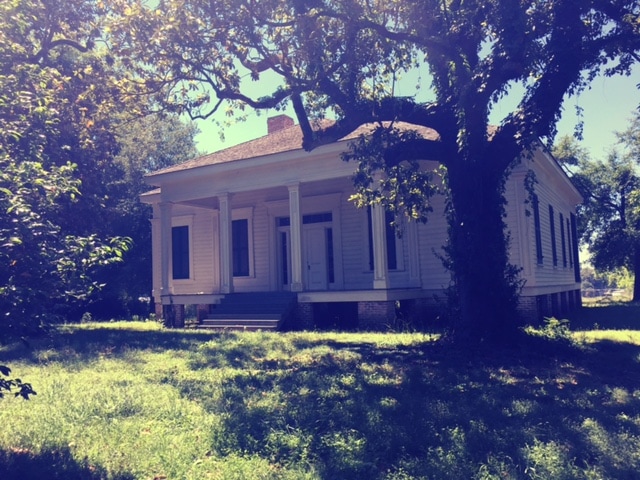

Union hospitals were segregated, and the facilities allocated to soldiers in the U.S. Base hospitals also were established at Fort Smith and Pine Bluff (Jefferson County). Johns’ College hospital complex, though those facilities were sometimes bolstered by additional spaces, as when three private homes were procured as hospitals following the 1864 Camden Expedition the U.S. Sick and wounded Federals in Little Rock were placed in the St. The supply base at DeValls Bluff (Prairie County) became the major medical center for Union troops serving along the lower White River, many of whom suffered from recurring bouts of malaria and from scurvy. Hindman, which was later augmented with other hospital structures. After the Federals seized Helena (Phillips County) in July 1862, a hospital was established in the home of Confederate general Thomas C.

A Union hospital again operated in Fayetteville from November 1863 to November 1864, and post hospitals were established there from August 1865 to May 1866 and from June 1867 to April 1869.Īs Union troops gained control of the Arkansas River Valley, they established hospitals at all of their permanent posts. It was closed in May 1863 and the patients moved to Springfield, Missouri. The Federal wounded were eventually taken to Fayetteville, where two churches, the Masonic Hall, a seminary, a school room, and three private residences were used as a general hospital. The hospital remained there until March 1863, when Union officials ordered it closed its patients were moved to Fort Smith (Sebastian County) following accusations that the hospital was being used as a base for Rebel spies. They would soon be joined by hundreds of wounded Confederates from the Battle of Shiloh in Tennessee in April 1862, after which many of the largest buildings in Little Rock were outfitted as hospitals, including the Presbyterian and Episcopal churches at 8th and Scott streets and a row of businesses on Main Street.Īfter being treated in nearby homes and a church following the December 7, 1862, Battle of Prairie Grove, Confederate casualties were taken to a hospital in Cane Hill (Washington County), most likely in the Cane Hill College building. Confederate casualties were moved to the Arkansas River Valley, with many being taken to Little Rock. The Federal wounded who could be moved were later taken to hospital facilities in Missouri. Field hospitals were established at the log huts and frame buildings in the immediate vicinity of the battlefield as the poorly supplied surgeons did what they could for the desperately wounded soldiers, pitching tents to shelter the hundreds of wounded who could not fit in the available structures. The first major battle in Arkansas, fought at Pea Ridge (Benton County) on March 7 and 8, 1862, revealed the difficulties that would face both armies in the sparsely settled Arkansas wilderness. They would occupy the campus until the spring of 1867. Union troops took over the facility, and by the war’s end they had constructed eleven additional single-story wards at St. Johns’ by the time Union troops captured Little Rock in September 1863 and left some 1,400 sick troops behind for the Federals to care for. The Confederates had built a pair of two-story wooden additions at St. Johns’ was overwhelmed by sick troops, with the Confederates setting up at least twenty satellite facilities. By early 1862, the three-story brick building at St. Johns’ College in Little Rock (Pulaski County), along with the Rock Hotel Hospital in the center of the city. The buildup of troops in central Arkansas led Confederate officials to establish the only general hospital-a hospital not associated with a specific military unit-in Arkansas at St. In early 1862, for instance, Confederate forces in Washington County established the Mount Comfort Hospital and Ozark Hospital near Mount Comfort and the Fayetteville Hospital in Fayetteville, each of which were regimental in nature. Hospitals were established wherever large groups of troops gathered, often treating soldiers from specific regiments or from the same states. The need for hospital facilities became obvious soon after Arkansas seceded from the Union and the new Confederate recruits became ill from the myriad diseases that afflicted their camps. Union bases tended to have more purpose-built hospital facilities, while Confederate doctors made use of any available buildings, such as colleges, hotels, churches, and private homes. A wide range of Civil War hospitals in Arkansas included field hospitals established in the immediate aftermath of battle, commandeered houses and churches, and somewhat permanent post hospitals in occupied areas.


 0 kommentar(er)
0 kommentar(er)
